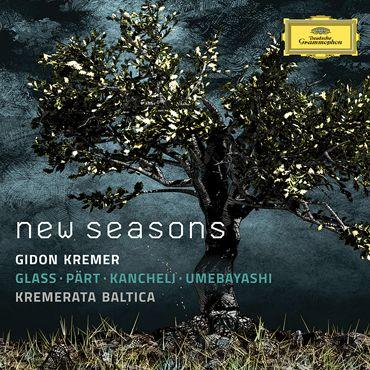|
Oct 08, 2015
|
Oct 08, 2015
|
Sep 01, 2015
|
Sep 01, 2015

















